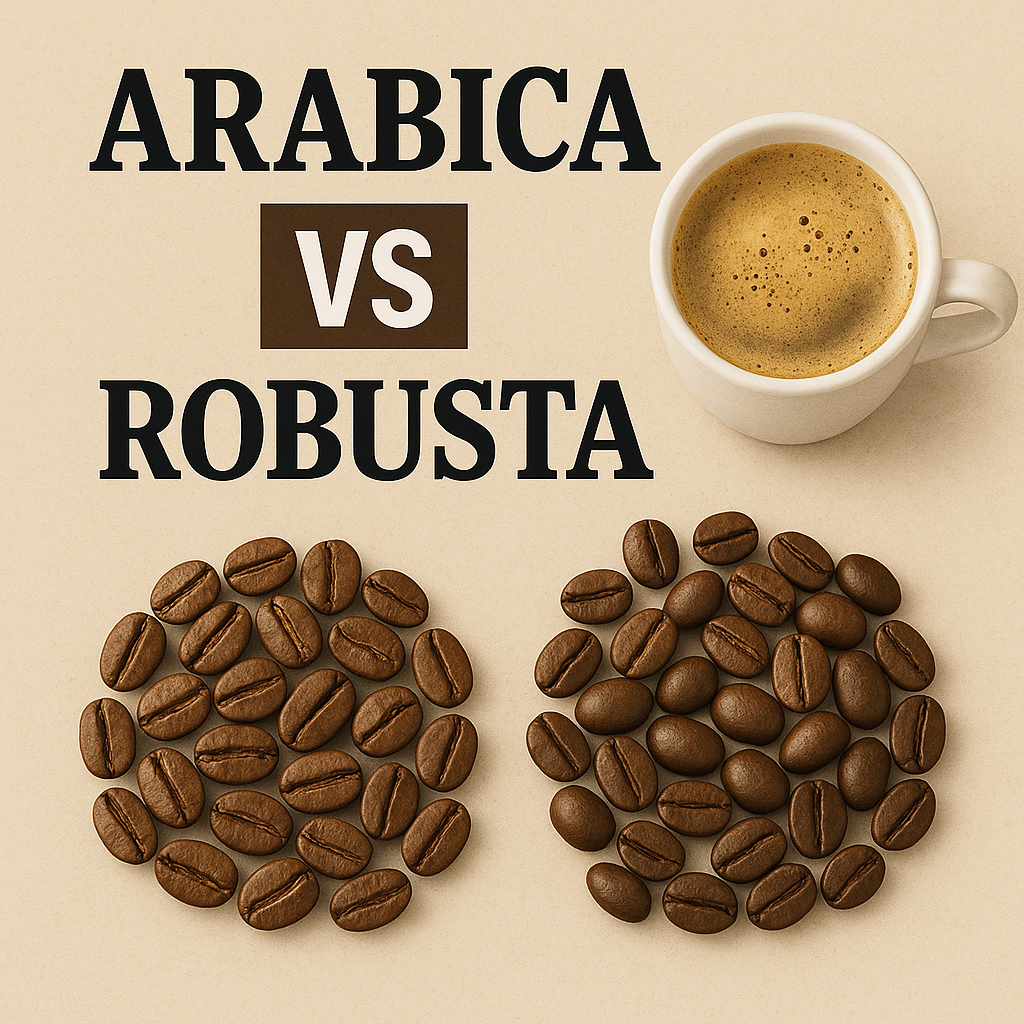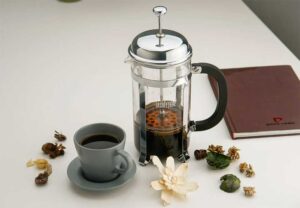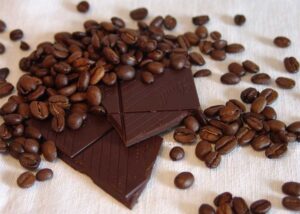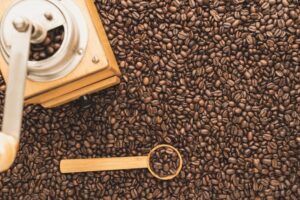If you’ve ever wondered why some coffees taste smooth and sweet while others are bold and bitter, it all comes down to the type of coffee bean. The two most common species are Arabica and Robusta. Understanding their differences will help you choose the right beans for your taste, your budget, and your brewing method.
In this ultimate 2025 guide, we’ll dive deep into the world of Arabica vs Robusta — covering taste, caffeine, health benefits, price, growing regions, and more.
Contents
🌱 Coffee Bean Basics
Coffee beans come from the seeds of coffee cherries. While there are over 100 species of coffee plants, Coffea Arabica and Coffea Canephora (Robusta) dominate the global market.
- Arabica = ~60–70% of the world’s coffee production
- Robusta = ~30–40%, mainly in instant coffee and espresso blends
☕ Arabica Coffee Beans
Arabica beans are considered the gold standard of coffee. They’re grown at higher altitudes, often in cooler climates, and tend to produce a sweeter, smoother cup of coffee.
Flavor Profile
Arabica offers sweet, soft flavors with hints of fruit, berries, or chocolate. The acidity is higher, giving it a brighter taste.
Caffeine Content
Arabica beans have about 1.2% caffeine, which is lower than Robusta. This contributes to their smoother taste.
Where It’s Grown
- Latin America (Colombia, Brazil, Costa Rica)
- Africa (Ethiopia, Kenya)
- Asia (Yemen, India)
Pros & Cons
- ✅ Smooth, sweet taste
- ✅ Wide availability
- ✅ Considered “specialty coffee”
- ❌ More expensive
- ❌ Less caffeine (for those seeking a kick)
👉 Browse Arabica Coffee Beans on Amazon
☕ Robusta Coffee Beans
Robusta beans thrive in hotter, lower-altitude climates and are prized for their hardiness and high caffeine content.
Flavor Profile
Robusta tends to be strong, bitter, and earthy, with notes of wood, rubber, or grain. The flavor is less complex but packs a punch.
Caffeine Content
Robusta contains around 2.2% caffeine — nearly double Arabica. This makes it ideal for espresso blends and instant coffee.
Where It’s Grown
- Africa (Uganda, Côte d’Ivoire)
- Asia (Vietnam, Indonesia, India)
Pros & Cons
- ✅ Higher caffeine kick
- ✅ Cheaper to produce (lower retail cost)
- ✅ Crema-rich espresso shots
- ❌ More bitter and harsh taste
- ❌ Lower perception of quality
👉 Browse Robusta Coffee Beans on Amazon
🔍 Arabica vs Robusta: Side-by-Side Comparison
| Feature | Arabica | Robusta |
|---|---|---|
| Flavor | Smooth, sweet, fruity, chocolaty | Bitter, earthy, woody |
| Caffeine | ~1.2% | ~2.2% |
| Price | $$–$$$ (premium) | $ (budget) |
| Best For | Drip coffee, pour-over, cold brew | Espresso blends, instant coffee |
| Growing Regions | Latin America, Africa, Asia | Africa, Asia |
🍵 Which Bean Should You Choose?
- Choose Arabica if you want complex flavors, less bitterness, and smoother coffee.
- Choose Robusta if you want higher caffeine, stronger taste, or crema-rich espresso shots.
- Blend of Both: Many espresso blends use 70% Arabica + 30% Robusta for balance.
💡 Brewing Recommendations
Best Brewing Methods for Arabica
- Pour-over (Chemex, V60)
- French Press
- Cold Brew
Best Brewing Methods for Robusta
- Espresso machines
- Moka Pot
- Instant coffee
👉 Browse Espresso Machines on Amazon
🌍 Coffee Growing Regions in 2025
The global coffee market continues to expand, with new specialty farms experimenting with crossbreeds. Climate change is also shifting where beans can grow.
Arabica Strongholds
Colombia, Brazil, Ethiopia, and Costa Rica continue to lead Arabica production.
Robusta Strongholds
Vietnam is now the largest Robusta producer, with strong contributions from Indonesia and Uganda.
📈 Price Differences
Arabica beans are almost always more expensive due to higher farming costs, susceptibility to disease, and labor intensity. Robusta is cheaper and more widely available in supermarket blends and instant coffee.
💪 Health Benefits
Both beans provide antioxidants, but Robusta has more caffeine, which may boost alertness but also cause jitters. Arabica’s smoother taste often makes it easier on the stomach.
🛒 Buying Tips
- Look for single-origin Arabica if you want high-quality specialty coffee.
- Try Arabica-Robusta blends if you enjoy espresso with crema.
- Always check the roast date — fresher beans = better flavor.
- Invest in a good grinder for consistent brewing results.
👉 Browse Coffee Grinders on Amazon
❓ FAQs
Is Arabica healthier than Robusta?
Arabica has less caffeine and smoother flavors, but both provide antioxidants and health benefits.
Why is Robusta cheaper?
Robusta plants are easier to grow, more resistant to disease, and yield higher crops, lowering costs.
Can you mix Arabica and Robusta?
Yes! Many espresso blends mix both to balance flavor and crema.
Which is better for cold brew?
Arabica beans are generally preferred for cold brew because of their sweet, smooth flavor.
Final Thoughts
The debate of Arabica vs Robusta isn’t about which bean is “better” — it’s about what suits your taste and brewing style. Arabica is smoother and sweeter, while Robusta is stronger and more caffeinated. In 2025, many coffee lovers are enjoying blends that combine the best of both worlds.
☕ Want more brewing advice? Don’t miss our guides to the Best Single Serve Coffee Makers 2025 and French Press vs Aeropress.




